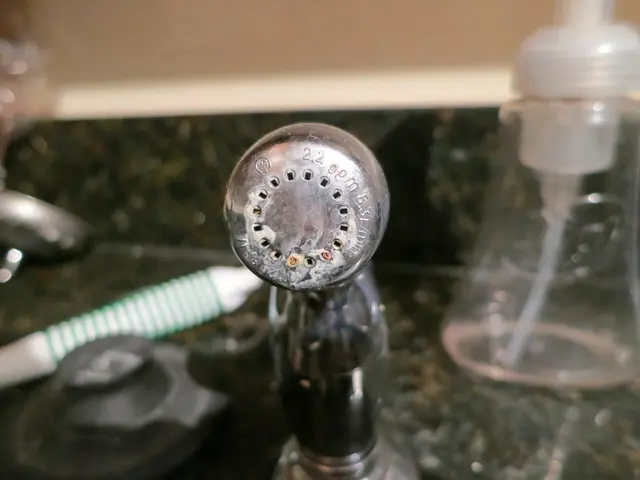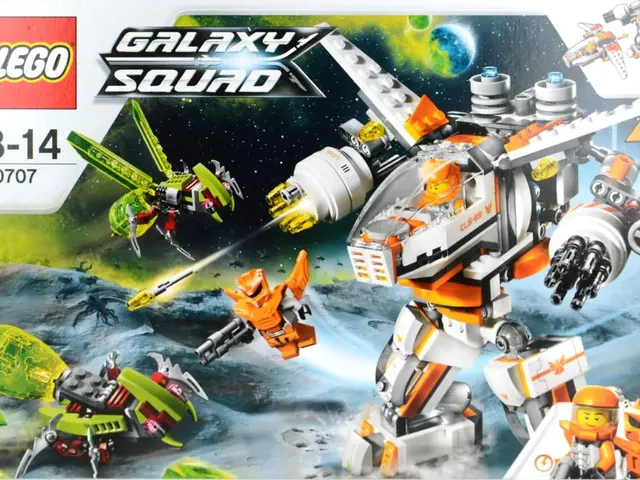Colostomies: Temporary Solutions for Lower Bowel Issues
Colostomies, surgical procedures that create new pathways for waste to exit the body, aren't always permanent, especially in children with birth defects. These operations are performed due to various lower bowel issues, offering temporary relief and healing opportunities.
A colostomy involves bringing one end of the large intestine out through the abdominal wall, creating a stoma - an opening where a pouch collects feces. The most common types are transverse colostomies, including loop transverse and double-barrel transverse. These procedures are often necessary due to conditions like Crohn's disease, diverticulitis, intestinal obstruction, colon cancer, and Hirschsprung's disease.
Temporary colostomies give part of the bowel time to heal by redirecting where stools go. However, permanent colostomies may be required when part of the rectum becomes diseased, such as with colon cancer. Other candidates for a colostomy include those with chronic inflammatory diseases of the colon, tumors, diverticula, insufficient sphincter function, injuries, radiation therapy damage, or congenital malformations of the bowel.
Colostomies, while often necessary, aren't always permanent solutions. They provide relief and healing opportunities for various lower bowel issues, with the type and permanence of the procedure depending on the underlying condition.







